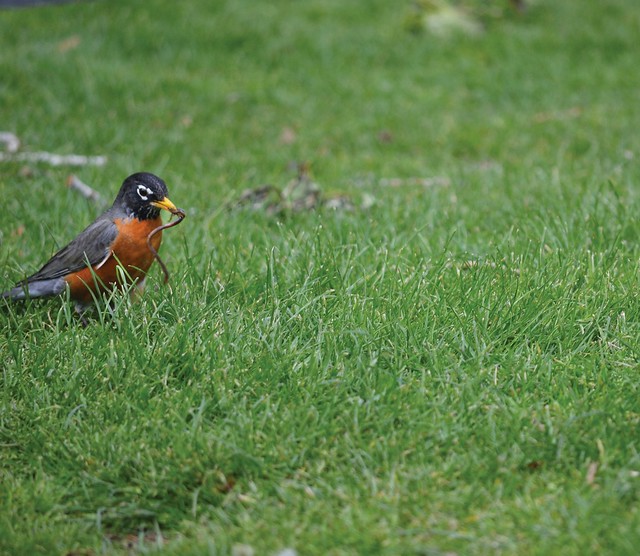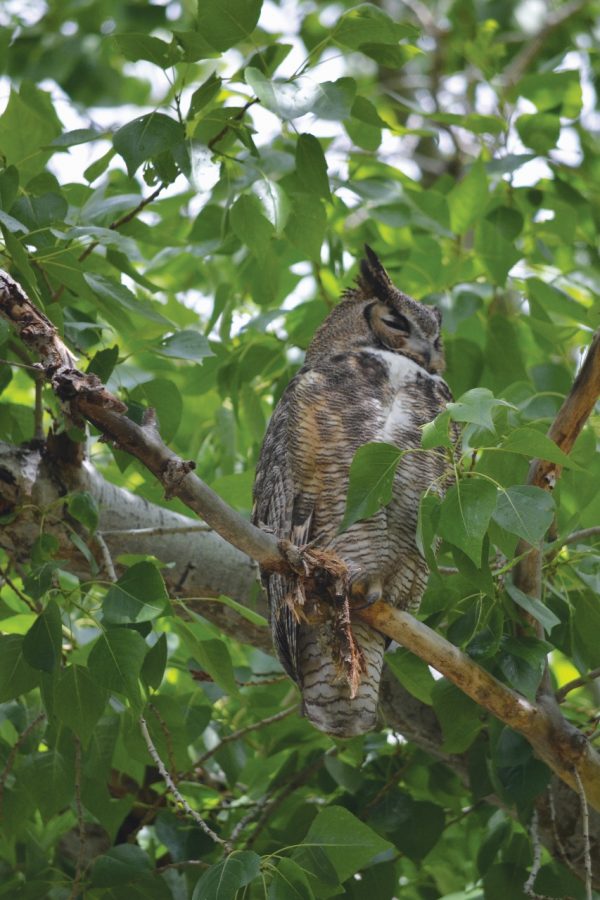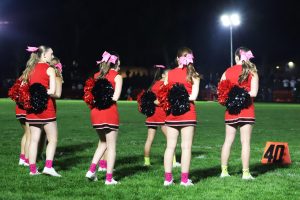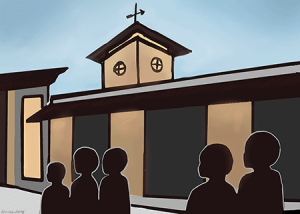Wildlife on Campus
May 10, 2015
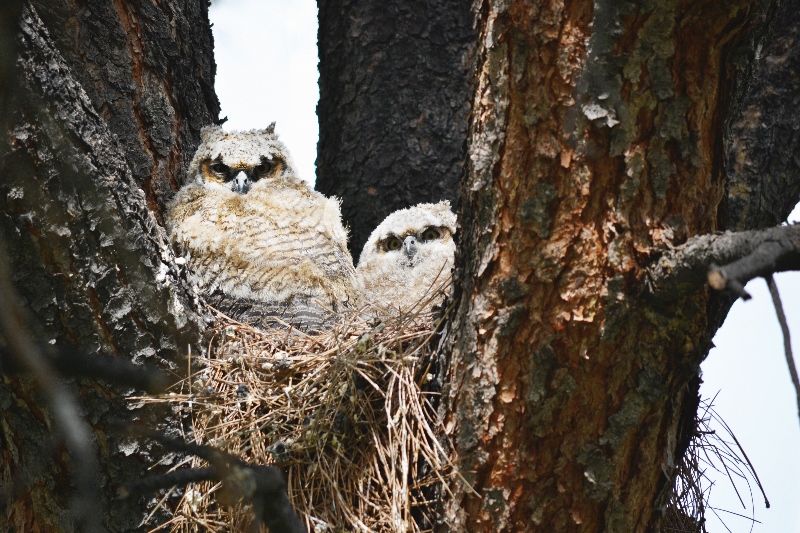 In addition to its 1,129 students, the Academy also hosts a wide variety of local wildlife that uses the campus for feeding, breeding and living grounds. The existence of some of these creatures is common knowledge among the Academy community, while the presence of some species remains a secret to all but the most observant. The extensive array of species that call Albuquerque Academy home is due in part to the size and the wildlife-friendly environment of the campus. “One reason is that we have a good amount of land, but we also have the tree and plant diversity to support a variety of interesting animals,” 7th grade science teacher Rich Anderson said.
In addition to its 1,129 students, the Academy also hosts a wide variety of local wildlife that uses the campus for feeding, breeding and living grounds. The existence of some of these creatures is common knowledge among the Academy community, while the presence of some species remains a secret to all but the most observant. The extensive array of species that call Albuquerque Academy home is due in part to the size and the wildlife-friendly environment of the campus. “One reason is that we have a good amount of land, but we also have the tree and plant diversity to support a variety of interesting animals,” 7th grade science teacher Rich Anderson said.
Road Runner Catches a Snake for Lunch
The list of species that inhabit the campus is colossal, with the most notable being cottontail rabbits, coyotes, Cooper’s hawks, Canada geese, roadrunners, rock squirrels, Great-horned owls, whiptail lizards, gopher snakes, and a diverse array of other birds and arthropods. In addition to these more commonplace creatures, every once in awhile, a sharp-eyed student or staff member may spot a rare find. Some of the more recent examples of unusual animal sightings include bobcats, weasels, bald eagles, sandhill cranes, porcupines, and the juvenile black bear that wandered onto Academy grounds in 2013.
If one is quiet and respectful, it is easy to spot several owl chicks in a large nest in one of the ponderosa pines east of the Science Building. Great-horned owl chicks such as these typically remain in the nest for about a month and a half, and then begin exploring their surroundings to become accustomed to adult life. “They start to get restless and crawl out on the branches,” Anderson said. Until then, the parents act as sentinels in the neighboring cottonwoods to watch for predators from a distance.
Another natural process that has been occurring on campus is the rapid decline in jackrabbits on the non-developed areas of the school grounds. Anderson attributes this mostly to predators. “The coyotes probably played a big role…we used to have thousands [of jackrabbits],” he said. Predation by coyotes, raptors, and other carnivorous animals has whittled down the jackrabbit population to only a handful in recent years. In place of the jackrabbits, cottontails are seen in much greater abundance, most likely due to the fact that they are able to live in closer proximity to urban life and away from predators.
One of Anderson’s most memorable encounters with Academy wildlife was during one of his classes several years back. “There was a hawk on the flagpole, right on the gold ball… I had an adult mouse, and [we decided] to bring the mouse outside…and then we let the mouse go. [The hawk] grabbed it at the last second; it was so crazy.” Moments like this highlight the proximity of wild animals in our lives and the symbiotic relationship we share. In addition, they remind us that humans are strangers in the animals’ land, not vice-versa, and that students on campus must interact respectfully with the non-human community members that surround us.
Click the image below to see the whole photo gallery.
